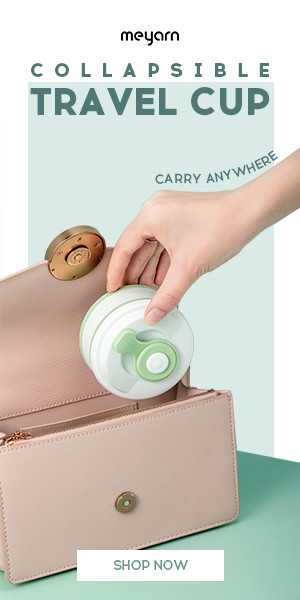A Mum’s Beginner Guide to Gold Jewellery Investment
Women and gold go a long way. From antediluvian times
to the digital age, the precious metal has occupied a special place in womankind’s
hearts - and dressers.
In between, gold has transmuted into a myriad of forms: coins, exchange-traded funds (ETFs),
etc. But to most women, gold has never veered from its main point: it is there to be worn.
How to Benefit from Gold Jewellery Investments
Little doubt is left when said that gold makes an
eye-catching accessory and a lustrous metal
that bedizens your appearance. It is one of those few asset classes that women
can actively take pleasure in.
In some cultures, gold jewellery is not just a rich
woman’s turf; it is a must-have, even for the have-nots. In India, the world’s
largest gold consumer, women sees the commodity as the optimum way to preserve
wealth and secure their future.
During wedding season, Indians segue into a gold-buying
frenzy. Mothers—even the in-laws—take it upon themselves to gift their
daughters with gold accessories. The mother can rest happy knowing her daughter
has wealth on hand (and close to her body).
Indian society treats gold as the riches of the female
kind. Despite the widespread career empowerment among women, the penchant for
gold still has not abated in the subcontinent, even among Muslim, Christian,
and Hindu women alike.
This is because Indian women have figured out
something that most women elsewhere take a lifetime to comprehend: A highly
liquid asset, gold jewellery can be easily sold to generate cash. Indian women often
turn to gold in the event of a financial crisis or medical emergency. Gold is truly not only an effect, but
also a superlative store of value.
Chinese women come next only to Indian women in
their regard of gold jewels. Actually, they have little choice in the way of
investments under their country’s constrictive economic policies. When gold
prices slumped in April, Chinese women were quick to snap up a bargain.
Anywhere in the world - whether in China, India or
the US, gold should always be treated as a crucial link in an investment
portfolio. There is nothing more diversifying than this precious commodity,
long esteemed as a safe harbour against volatility and—at least historically—a hedge
against inflation. Gold is arguably the world’s only constant currency, insured
to undulations in equities, currencies, and other economic markets. When those tanks
and underperform in the market, gold usually gains.
How to Look for Good Gold Jewellery
Now that you know the intrinsic worth of gold, it
is time to separate the valuable from the merely glittery.
1. Pick a High Karat Grade.
Gold is one of the most malleable metals on earth. At
its softest and purest, it is graded 24 karats (24K).
To convert it into jewellery that is worn fairly
often, e.g. wedding rings, goldsmiths need to make it harder by alloying it
with other metals, reducing its karat grade. For the best consensus between durability
and value, go for 18K, which translates to 75 percent gold. At this mark, your treasure
would be durable and valuable enough to wear and invest later on.
As for jewellery that you do not plan on wearing
everyday like necklaces, chokers or earrings, consider 22K gold, which is very
soft but still precious.
2. Know the alloy.
Alloying gold with metal alters its natural yellow
colour. White gold, for example, derives its colour from a sizable palette of alloys,
ranging from the ultra-luxurious (palladium and platinum) to cheap (nickel).
The point is that the sheer number of low-cost metals that can mix with gold
allows unscrupulous dealers to sell it for more than its worth.
Just so you know: The highest tensile strength of
18K gold is reached by alloying 75 percent gold and 25 percent copper.
3. Insist on a karat marking.
Genuine gold jewellery has a karat quality mark.
Those without it should therefore be suspect, although there may be an
exception to this rule. Also, you should be looking for the trademark of the
manufacturer whom you can refer to for any issues with the jewellery’s alleged
karat grade.
4. Purchase wholesale.
Ideally, you would want to buy wholesale during a
bearish market. The converse is true: Unload your stores when market prices are
high. It goes without saying then to stay vigilant on the ever-wavering market.
5. Resist the lure of high-end jewellers.
Unless you want to eat your breakfast on the curb
outside Tiffany’s, you don’t want to immediately cough up the full price for a
trinket at upmarket jewellery stores. Too often, the price of their offerings
reflects less the quality of the material produced than the premium the brand
imposes.
Sharon Freeman is a professional freelancer who writes about gold investment trends, metals and about companies like Australia Mint Bullion & Coin






















0 komentar:
Post a Comment